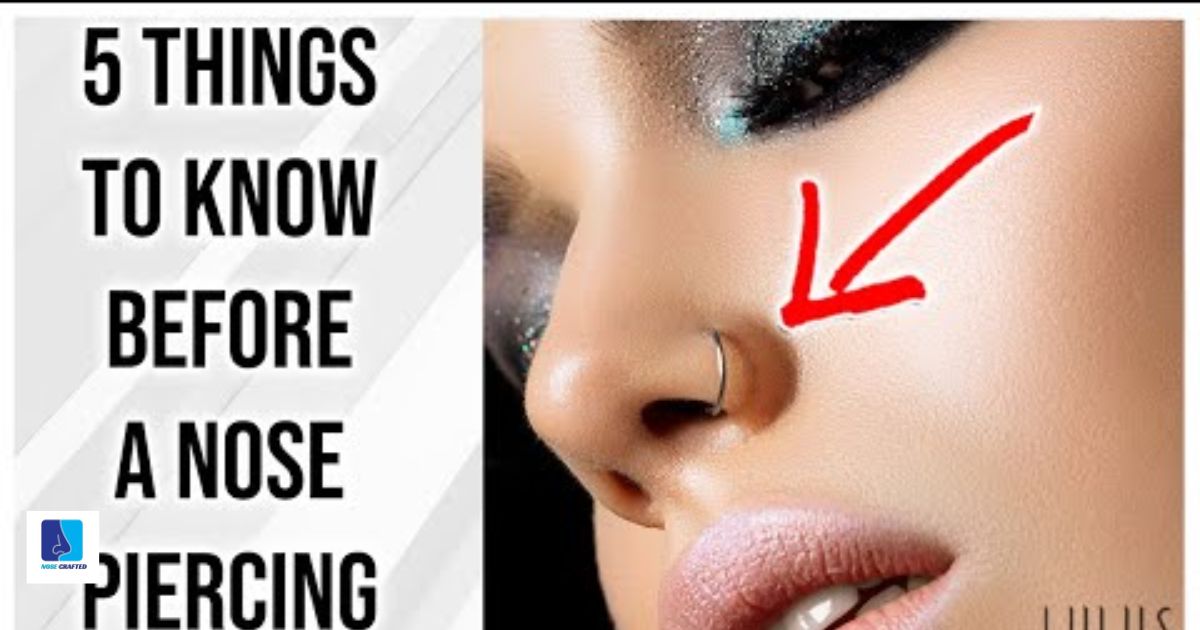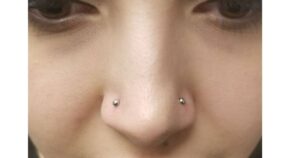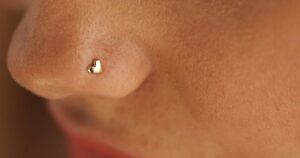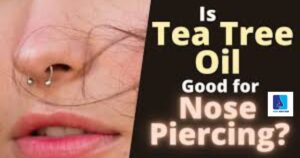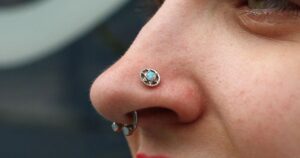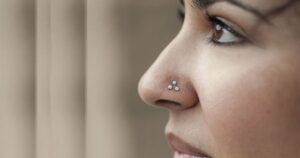Nose piercing is a form of body modification where a small hole is made in the skin of the nose and jewelry is inserted. It’s a cultural practice dating back centuries, with significance varying across different societies. Nose piercings can be for aesthetic purposes, self-expression, or cultural tradition. Careful aftercare is essential to prevent infection and ensure proper healing.
Thinking about getting your nose pierced? Before you take the plunge, here are five crucial things you need to know! From understanding the pain level to aftercare tips, we’ve got you covered. Don’t make a move without these essential insights.
Five Things You Should Know Before Getting Your Nose Pierced provides essential guidance for those considering a nose piercing, covering pain levels, aftercare, and crucial insights to ensure a successful experience.
Are You Considering Getting Your Nose Pierced?
Are you considering getting your nose pierced? It’s a decision that can be both exciting and nerve-wracking. Before taking the plunge, it’s essential to weigh the pros and cons. Nose piercings can be a form of self-expression and a way to enhance your appearance, but they also require proper care and consideration. Understanding the process, potential pain, and aftercare involved is crucial to making an informed choice.
Consider the cultural and social implications of nose piercings in your community. While they may be widely accepted in some cultures, they might still carry stigma or judgment in others. Ultimately, whether you decide to get your nose pierced or not, ensure it aligns with your personal values and preferences.
You Want a Nose Piercing? Here Are Five Things You Should Know Before Piercing Your Nose.
1. Nose Piercings Are Not as Painful As Expected
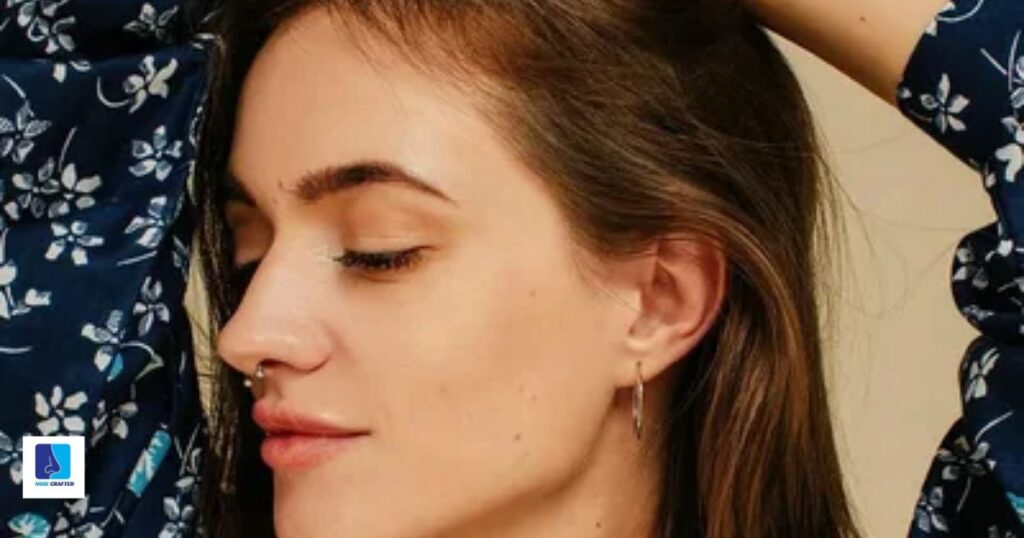
Contrary to popular belief, nose piercings are often less painful than anticipated. Many individuals describe the sensation as a brief pinch or pressure rather than intense pain. The pain level can vary depending on individual pain tolerance, but it’s typically manageable and fleeting.
Advancements in piercing techniques and equipment have contributed to a more comfortable experience. Professional piercers prioritize precision and use specialized tools to minimize discomfort. With proper preparation and care, the slight discomfort of a nose piercing is often outweighed by the excitement of self-expression and the joy of adorning oneself with unique jewelry.
2. Nose Piercings Require Thorough Aftercare
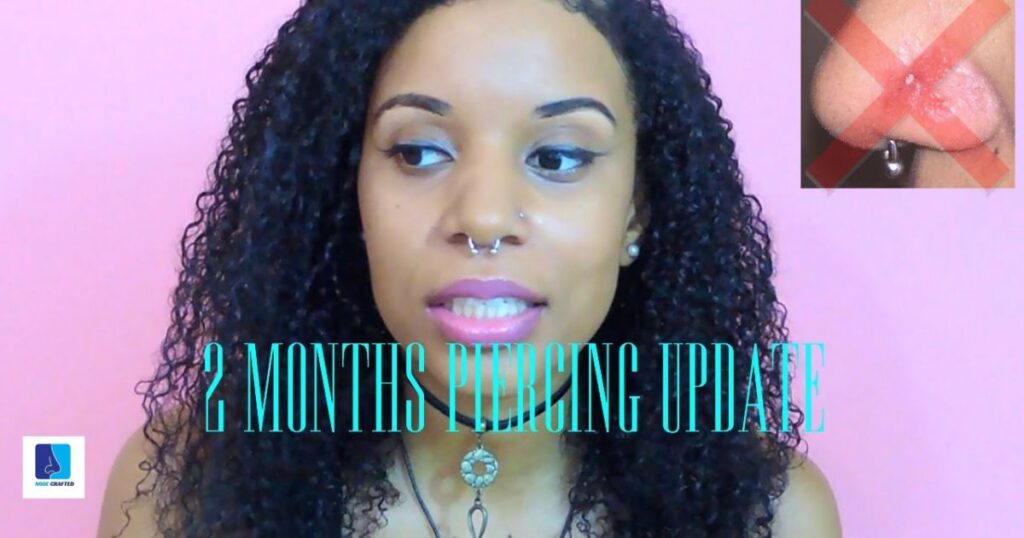
Nose piercings demand careful aftercare to prevent complications. Immediately after piercing, it’s essential to keep the area clean and avoid touching it with unwashed hands. Regular saline solution or mild soap can be used to gently cleanse the piercing site. It’s crucial to resist the temptation to change or remove the jewelry prematurely, as this can disrupt the healing process. Paying attention to your own nose and following these aftercare practices will contribute to a smoother and more comfortable healing experience.
Proper aftercare also involves avoiding activities that may irritate or introduce bacteria to the piercing. This includes refraining from swimming in pools or hot tubs, as well as minimizing exposure to makeup, hair products, and perfumes near the piercing site. Keeping the area dry and allowing it to breathe can aid in the healing process and reduce the risk of infection.
In the initial weeks following the piercing, some discomfort, redness, and swelling are normal. If these symptoms worsen or if there is excessive pain, pus, or bleeding, it’s crucial to seek medical attention promptly. Ignoring signs of infection can lead to serious complications and delay healing.
Diligent aftercare is key to ensuring a successful nose piercing experience. By following proper hygiene practices, avoiding potential irritants, and monitoring for signs of infection, individuals can promote healing and enjoy their new nose piercing safely and comfortably.
3. After You Had Your Nose Pierced, You Will Temporarily Have to Pause Some Regular Activities
After getting your nose pierced, you’ll need to temporarily adjust some of your regular activities. For instance, you might have to refrain from swimming or participating in contact sports for a while to prevent infection or irritation. Activities like wearing glasses or applying makeup around the pierced area might require extra caution to avoid disrupting the healing process.
It’s important to follow the aftercare instructions provided by your piercer to ensure a smooth healing process. While you may need to pause certain activities temporarily, taking these precautions will help your nose piercing heal properly, allowing you to resume your normal routine sooner rather than later.
Activities You Should Temporarily Pause After You’ve Had Your Nose Pierced

1. Pausing activities like swimming and contact sports reduces the risk of infection or injury to your freshly pierced nose.
2. Avoiding wearing glasses or sunglasses can prevent pressure and irritation on the piercing site, aiding in faster healing.
3. Temporarily refraining from applying makeup around the pierced area helps prevent bacteria buildup and potential irritation.
4. By avoiding sauna or steam rooms, you prevent excessive sweating that could potentially irritate the piercing.
5. Taking a break from vigorous exercises reduces the risk of knocking or bumping your nose, which could delay healing.
6. Steering clear of dusty or dirty environments minimizes the chance of foreign particles getting into the piercing and causing complications.
7. Giving up smoking or vaping temporarily promotes better circulation and aids in faster healing of the pierced area.
4. Some Nose Piercing Metals Can Cause Piercing Rejection
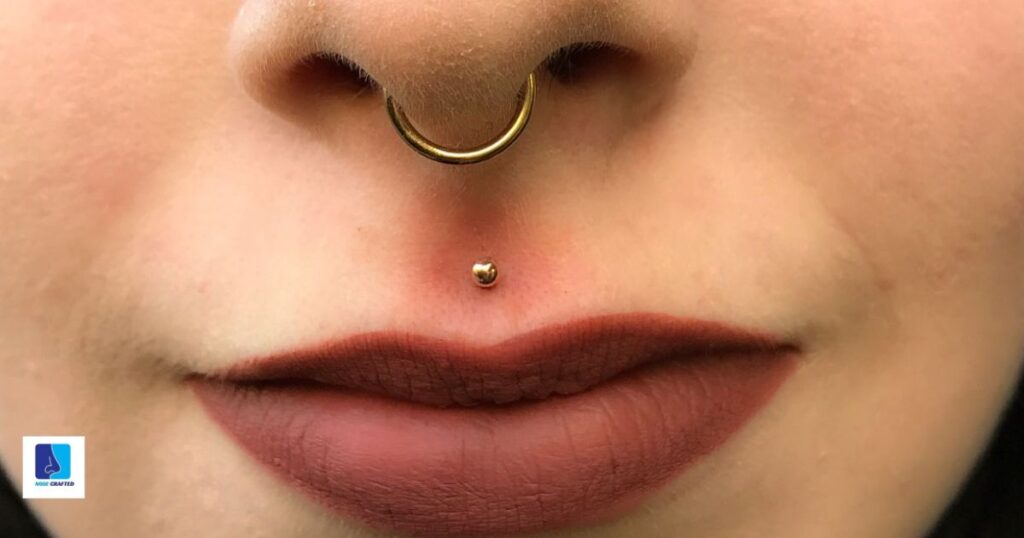
Some nose piercing metals, such as nickel or certain alloys, may trigger piercing rejection a process where the body pushes the jewelry out of the piercing site. This reaction is often due to allergic responses or irritation caused by the metal. Piercing rejection can lead to discomfort, scarring, and the need to remove the jewelry.
Opting for high-quality metals like surgical stainless steel, titanium, or gold can reduce the risk of piercing rejection. These materials are less likely to cause allergic reactions and offer better compatibility with the body. It’s crucial to choose jewelry made from hypoallergenic metals to minimize the chances of rejection and promote healing.
Regular cleaning and proper care of the piercing site are essential to prevent irritation and minimize the risk of rejection. Using saline solution or a gentle cleansing solution recommended by a professional can help keep the piercing clean and reduce the likelihood of complications. Avoiding harsh chemicals or excessive touching of the piercing can aid in the healing process.
If you experience persistent irritation, redness, or swelling around your nose piercing, consult a professional piercer or healthcare provider promptly. They can assess the situation, provide appropriate treatment, and advise on the best course of action to prevent further complications.
5. Nose Piercings Could Cause Permanent Damage
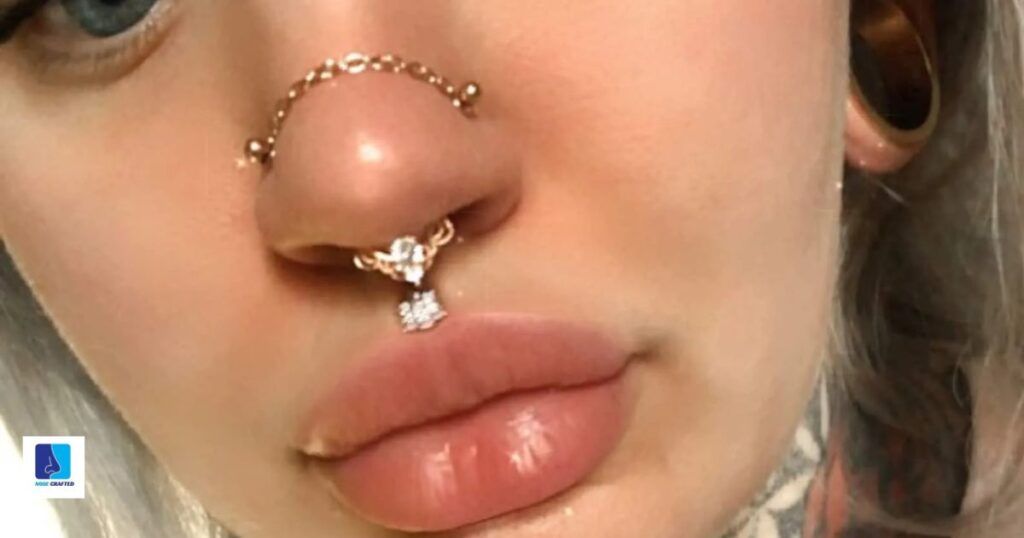
Nose piercings are trendy, but it’s important to be aware that they could potentially cause permanent damage.
- Incorrect piercing techniques might lead to infections or excessive bleeding.
- Allergic reactions to jewelry materials can occur, resulting in irritation or even tissue damage.
- Inadequate aftercare may lead to infections, scarring, or keloids.
- Nose piercings might interfere with nasal passages, causing breathing difficulties.
- Accidental trauma or snagging of the jewelry can result in tearing or stretching of the pierced area.
- Piercing through cartilage can be riskier than piercing through skin, leading to complications.
- Removing the piercing prematurely or without proper care can result in permanent holes or scarring.
Before getting a nose piercing, ensure you understand the potential risks and take necessary precautions to minimize them.
FAQ,s
How do I prepare myself for a nose piercing?
To prepare for a nose piercing, ensure you’re well-rested, hydrated, and have eaten a meal beforehand to minimize discomfort and promote healing.
What to avoid when getting a nose piercing?
Avoid touching or twisting the piercing, using harsh cleaning products, and changing jewelry too soon to ensure proper healing.
What are the rules for nose piercings?
Rules for nose piercings vary but generally include keeping the piercing clean, avoiding touching it with dirty hands, and following aftercare instructions provided by a professional piercer.
What should I get for my first nose piercing?
For your first nose piercing, consider a simple stud or hoop made of hypoallergenic material like titanium or surgical steel.
Conclusion
Nose piercings are a popular form of self-expression, but they come with potential risks. It’s essential to approach the decision with caution and awareness of the possible consequences. Whether it’s understanding the importance of proper aftercare or being mindful of the potential for allergic reactions, taking the time to educate oneself is crucial. Seeking out a reputable and experienced piercer can significantly reduce the likelihood of complications. While nose piercings can enhance one’s appearance and reflect personal style, it’s essential to prioritize health and safety above all else.
Individuals should carefully weigh the pros and cons before getting a nose piercing, ensuring they are fully prepared for the commitment it entails. While some may experience minimal issues and enjoy their piercing without complications, others may encounter challenges that require diligent care and attention. By staying informed, practicing good hygiene, and seeking professional guidance when needed, individuals can minimize the risks associated with nose piercings and enjoy this form of self-expression safely.
